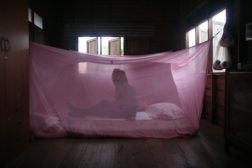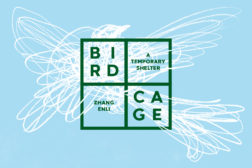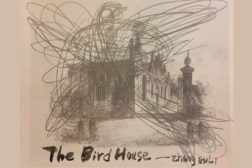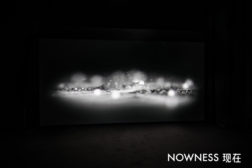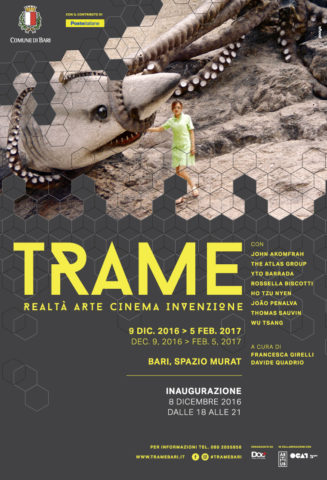
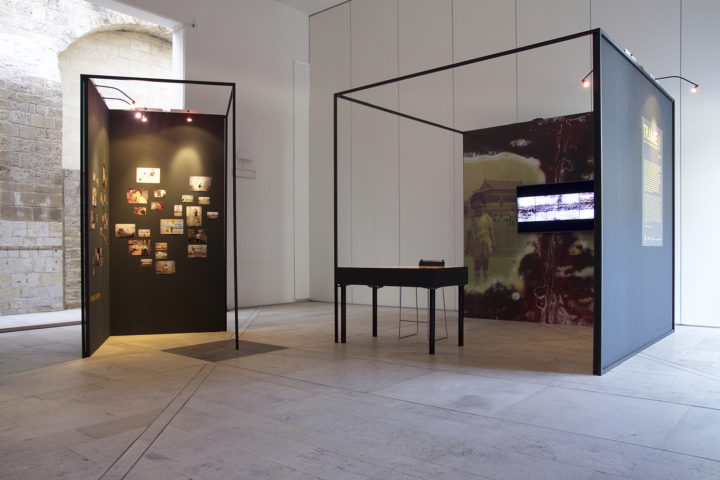
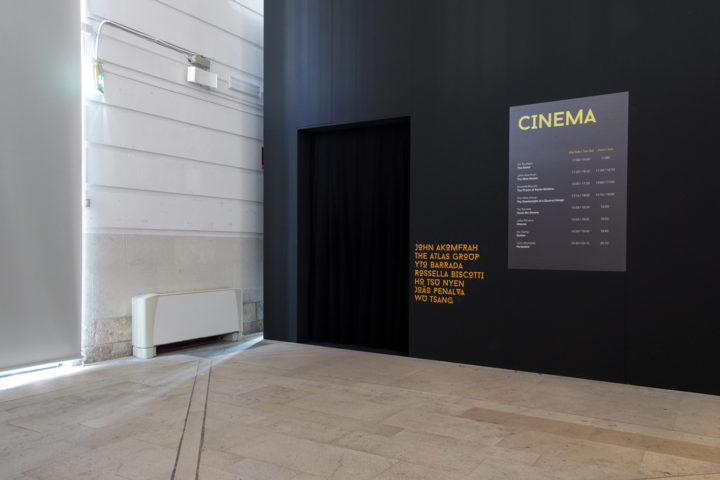
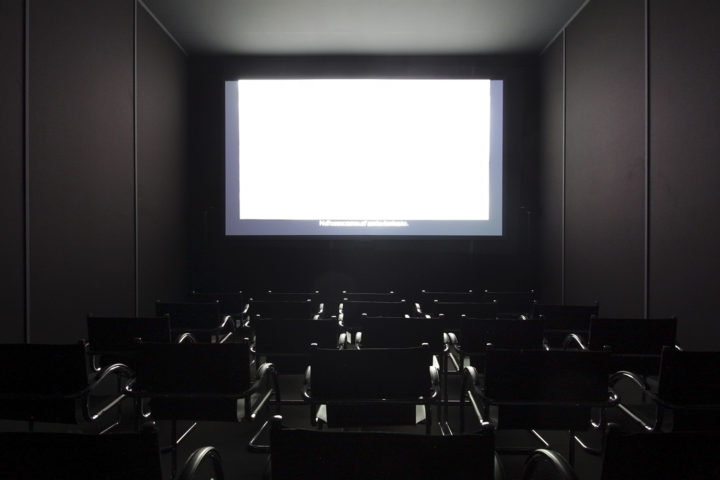
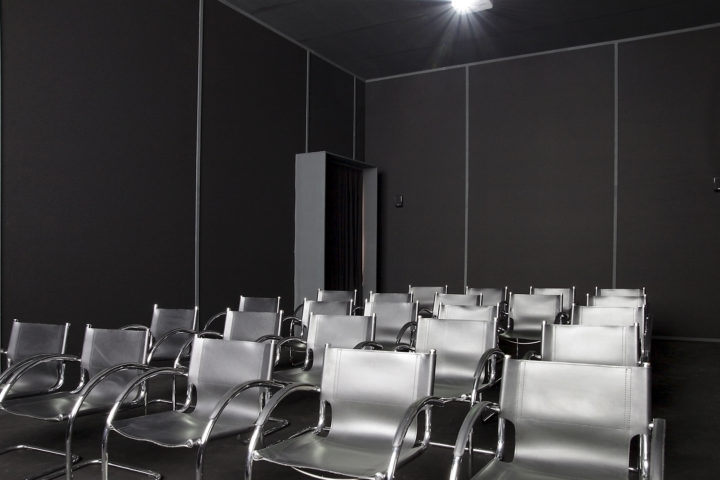

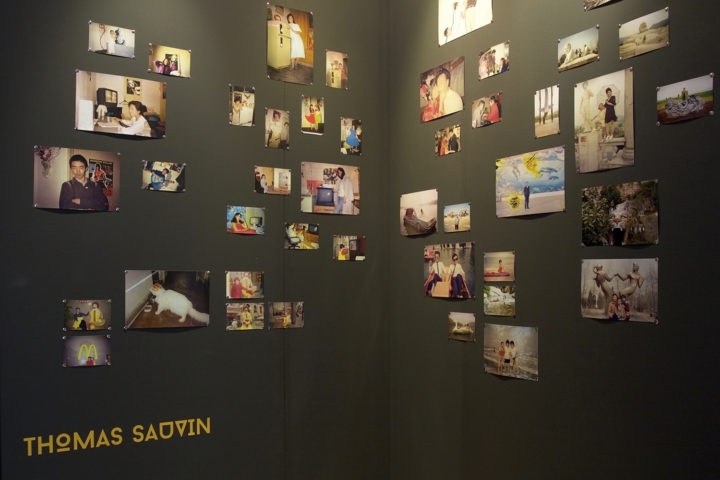
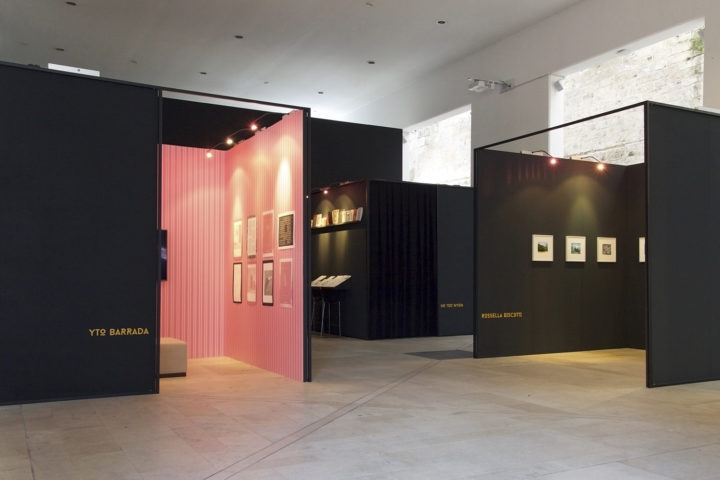
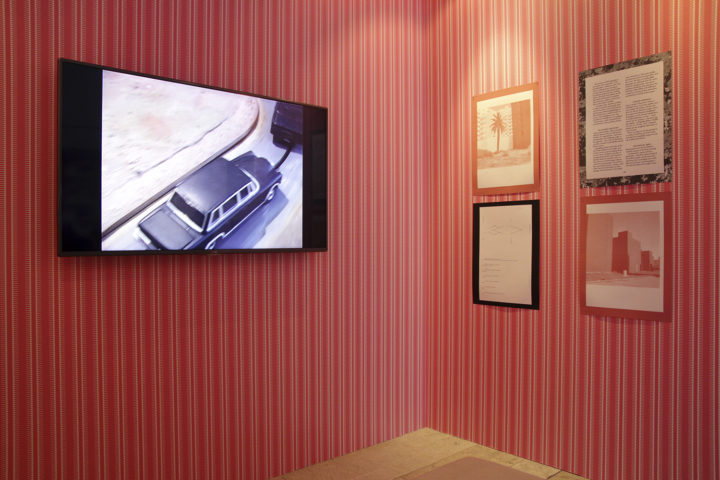


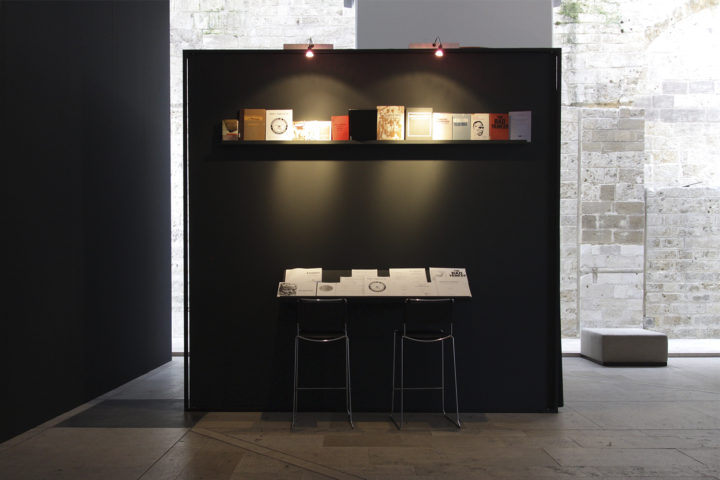

Crossover Travels to Bari
Duration: December 9, 2016 – February 5, 2017
Venue: Murat Art Center, Bari
After the first inauguration in 2015 in OCAT Shanghai, Crossovers now travels to Bari.
Artists: John Akomfrah, Yto Barrada, Rossella Biscotti, Ho Tzu Nyen, Joao Penalva, Thomas Sauvin, and extended artist/collective for this edition Wu Tsang and The Atlas Group.
Curators: Davide Quadrio, Francesca Girelli
“The future is known. It’s the past that keeps changing.” This saying, widely popular in the former Soviet Union, encloses a simple as inevitable truth: that which rules the relationship power tends to establish between past and future. It refers to the compulsive manipulation of history books during Stalin’s purges, hinting ironically to the process by which whomever owns the past, is granted a certain degree of appropriation of the future.
The artists who take part in this exhibition unmask the strategies used by power to reshape historical narratives in order to impose factious readings. In this context, by means of tools such as censorial perception, empathy, psychological portraiture and aesthetic suggestions, the artists embrace revisionist practices that unearth – willingly or unconsciously – events previously left out of official historiographies. The narratives at the core of their works are threads, pulled cautiously out of the complex fabrics of which collective memories are made of. The Trame that give the exhibition its title are tales composed and imposed top-down, from the vertex of society to its basis, here deconstructed and analysed so to unveil the relativity of their veracity.
The exhibition’s study of the construction and power of narration, and of its short and long-term effects, is today of particular relevance. In the current international debate observing the tight relationship between technology and information, we are witnessing the rise of new generations of plot weavers, amongst them the algorithms that pull the threads of social media. With a vast knowledge of our tastes and interests, they provide tailor-made narratives, flattering our ideologies and beliefs, and limiting the information we can access to what would be, according to them, more convenient for us to see and hear. The featured works do not address historical facts per se, but their collateral damages, the strategies of survival, and in some cases of resistance of those who, despite their will, gravitated around their epicenter.
The recurrence of certain formal choices in the production of the selected artworks waves more leading threads, exemplifying and replicating the mechanisms of construction of history and myths. Firstly, the use or assemblage of historical archives, at the core of Akomfrah, Barrada, and Sauvin’s practices, but also the psychological analysis of landscape and environment, present in the works of The Atlas Group, Biscotti, and Penalva. Along these elements, the process of manipulation of memory echoes strongly that of film editing, another main character of the exhibition, which relies on narrative strategies such as the voiceover, audible in most of the videos, or the combination of visual experimentations and biographical reconstructions of historical/mythological characters, as in the films by Wu Tsang and Ho Tzu Nyen.
The exhibition becomes an occasion to reflect on those issues that are increasingly leading us towards visual narratives as opposed to logocentric ones and, in parallel, on the role of the moving image in the context of contemporary art. Albeit the centrality of the video in today’s practices has been a widely discussed topic at a global level, museums and galleries often present filmic artworks in uncomfortable and precarious situations, which do not encourage the full-length vision of the piece. For this reason, Trame offers the public a traditional experience, a therapy of surrender and abandonment to the time the big screen claims in order to counterpoint the progressive atrophy of our attention span, an effect of the bombing of information we are exposed to on a daily basis. The exhibition creates an immersive situation in which to relive the collective dimension of the projection, an experience that is inversely proportional to the propagation of the obsessive one-to-one relationship with the small screen – from television to laptops, tablets and smartphones. Artists’ videos contribute to what is defined as timebased art, in which the work itself dictates the timing of the spectator’s fruition and perception. Watching the integral version of a filmic artwork allows us to accept the artist’s conditions, which define a specific amount of time for the efficient communication and comprehension of a theme, an idea, a feeling, a message. Trame is a conceptual and sensorial reflection on time and its multiple forms and declinations.
With their works, the artists open the gates to a world where the past is always transforming, and the future is a conglomerate of conjectures in the process of becoming. The present, where these two dimensions meet, exists live in the spectator’s perception, which synchronises to the timelines created by the film editing. The present coincides with the narration flowing before our eyes, instant after instant.
text by Francesca Girelli and Davide Quadrio
For additional details about this exhibition, please click here.
Please watch the video above for the stories behind this exhibition.
